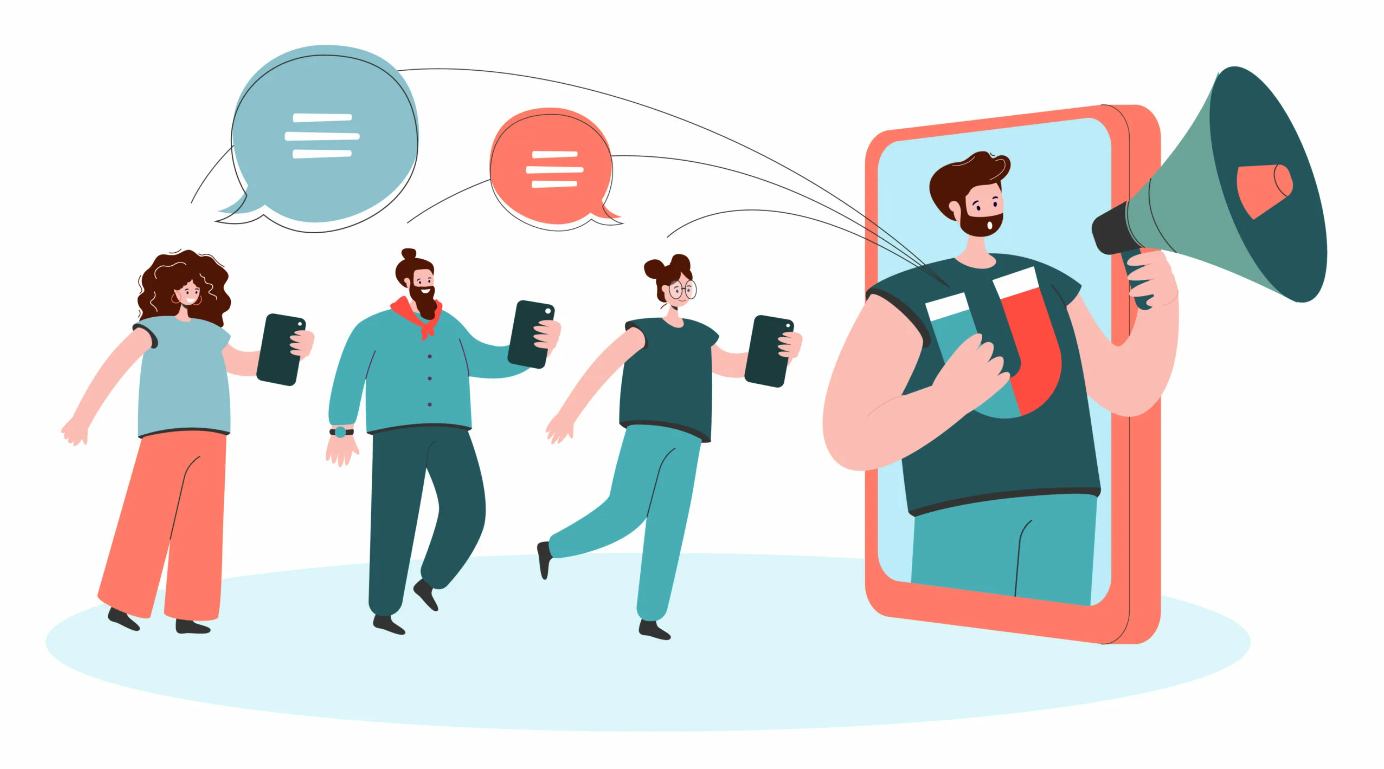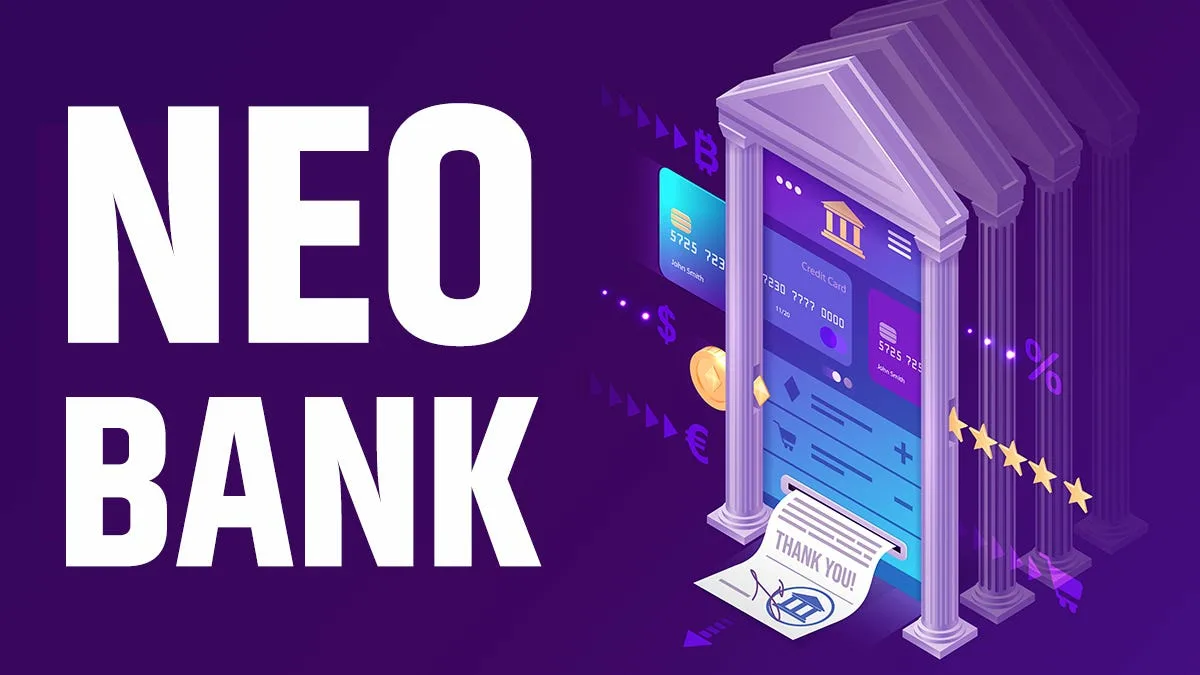Modern business is increasingly paying attention to non-standard ways of promotion, and one of the most effective approaches is cooperation between brands. This format allows you to go beyond the usual marketing strategies and open up new horizons for growth, recognition and trust from the audience.
Advantages marketing services through collaborations they become especially noticeable in conditions of high competition, when you need to not just tell about yourself, but really interest the consumer by offering him something new and valuable.
Expand your audience at no extra cost
When two brands combine in one project, their audiences naturally merge. Unlike standard advertising, where contacting a new target group requires serious budgets, collaborations open the door to already loyal users of another brand. This means that trust and interest in the product appear faster, because a recommendation from a familiar name is always perceived more easily.
It is important to note that the expansion of coverage occurs smoothly and organically: the potential client does not feel pressure, as is the case with aggressive advertising, but perceives new information as part of an exciting joint project.
Joint strengthening of market positions
When two brands work together, they seem to reinforce each other. The fusion of experience, aesthetics, values and style creates a synergy effect. This is not just the sum of two components — it is a new, more attractive image that can interest even those who previously did not pay attention to either side.
Brands are beginning to be perceived as more progressive, open to experimentation, and able to offer something fresh. This is especially important for the youth audience and creative market segments, where trends are born quickly and leave just as quickly.

Deepen your emotional connection with your customers
Consumers appreciate it when their favorite companies do something unconventional. Collaborations are often built around a story, emotion, or cultural context. It can be a limited collection, a joint promotion, or a unique event — anything that evokes emotions.
At such times, the brand ceases to be just a seller of goods or services. It becomes part of the experience, part of the buyer's personal story. This helps to strengthen loyalty and form positive associations that will work in the future.
Increasing trust through the association
When a little-known brand is teamed up with a more recognizable partner, it benefits from the audience's already existing trust. People tend to see collaboration as a sign of quality: if a well-known brand has decided to work with it, then it deserves attention.
Even for companies of equal size, joint participation in the project indicates their openness, honesty and self-confidence. The audience sees this as a sign of reliability and interest in customers.
Growing media interest
Joint projects often attract the attention of the media, bloggers, and influencers. There are more reasons for publications, discussions, reviews, and mentions. Especially if the collaboration was performed unconventionally, unexpectedly or on time got into the cultural agenda.
This organic reach is much more effective at building awareness than direct promotion. People are willing to share news, participate in discussions, and sometimes become part of the project themselves — for example, through user-generated content.
Creative freedom and new ideas
Collaboration between the two brands is a space for experimentation. In such projects, you can afford more than in the framework of a regular advertising campaign. Teams combine experience, ideas, and skills, and really bright, memorable solutions are born.
Collaborations provide an opportunity to go beyond the usual framework, try new formats, styles, and communication channels. This is especially important when there is an oversupply of content, when standard approaches no longer catch on.
Long-term effect
A well-implemented collaboration can work for a long time even after the end of the campaign itself. People continue to share their experience, remember the project, and associate the brand with something unusual and inspiring.
In addition, such experience often becomes the basis for future partnerships, helps to establish business connections and strengthen the reputation in the professional environment.
Flexibility and adaptation to the market
The world is constantly changing, and so is consumer behavior. Collaborations allow you to quickly respond to changes — whether it's new trends, cultural phenomena, or social requests. A joint project can be adapted faster than a large, inertial marketing strategy.
This approach is especially valuable in a digital environment, where the speed of response often determines the success of the entire campaign.








